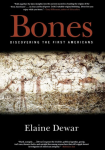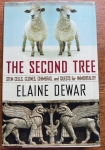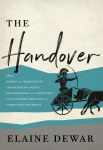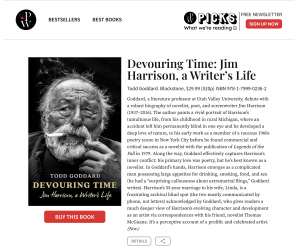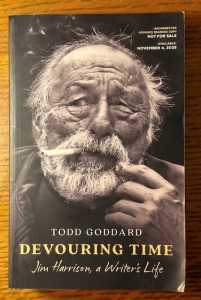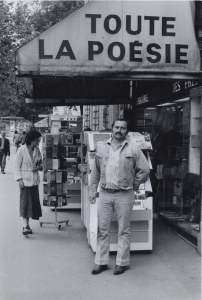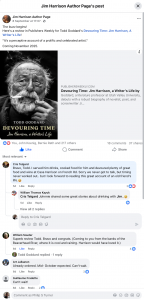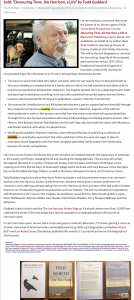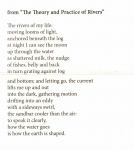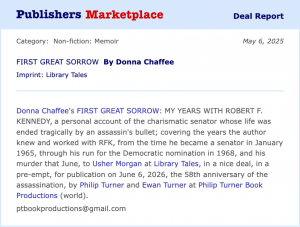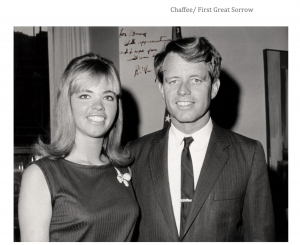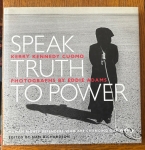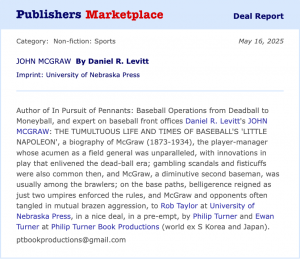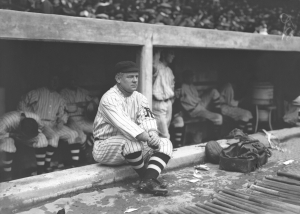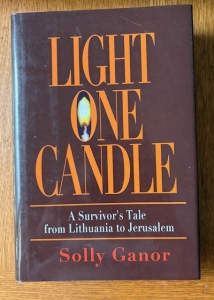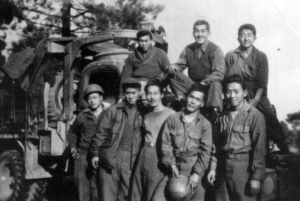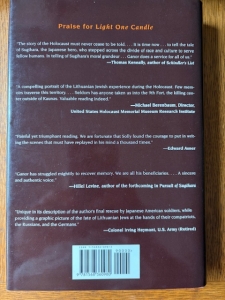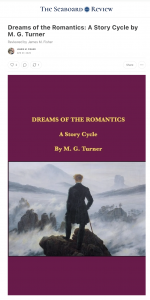Elaine Dewar (1948-2025), Stellar Writer and Dear Friend, RIP
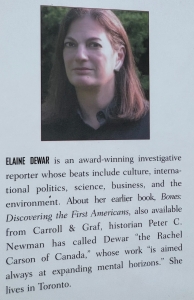 I’m sharing with friends and readers of The Great Gray Bridge that a dear friend and talented author, Elaine Dewar, passed away yesterday—age 77, after a brief illness—in Toronto surrounded by her loving family, including her daughters Anna Dewar Gulley and Danielle Dewar Birch. Elaine was a very accomplished journalist and author who specialized in reporting on and writing about challenging subjects, especially cutting-edge science as it intersected with culture, business, and society. I had the privilege of working on four of her seven books. A Jewish funeral was held at a chapel in Toronto today, and I was able to sit in on it via youtube with my wife. We both benefited over the years from Elaine’s kindness and hospitality. I wish we could have been in Toronto to pay a shiva call at the family home.
I’m sharing with friends and readers of The Great Gray Bridge that a dear friend and talented author, Elaine Dewar, passed away yesterday—age 77, after a brief illness—in Toronto surrounded by her loving family, including her daughters Anna Dewar Gulley and Danielle Dewar Birch. Elaine was a very accomplished journalist and author who specialized in reporting on and writing about challenging subjects, especially cutting-edge science as it intersected with culture, business, and society. I had the privilege of working on four of her seven books. A Jewish funeral was held at a chapel in Toronto today, and I was able to sit in on it via youtube with my wife. We both benefited over the years from Elaine’s kindness and hospitality. I wish we could have been in Toronto to pay a shiva call at the family home. 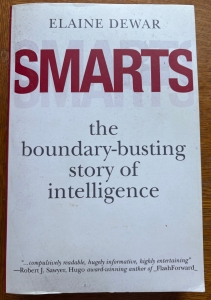
Beyond our strong professional links, she was a tremendously steadfast friend—having us stay in a comfortable bedroom in her home numerous times when visiting Toronto, always reminding us that it was there for a getaway when needed. She also had my back after 2009, the year that I became an independent editorial provider in the book business, with me no longer holding an in-house publishing position. One manuscript of hers that I edited was Smarts: The Boundary-Busting Story of Intelligence, which I also covered on this blog in 2015. As I wrote then, just editing it had made me smarter (a bit, anyway :-). Her intellectual curiosity was prodigious. While working for Carroll & Graf Publishers, I’d published the US editions of two of her earlier books—Bones: Discovering the First Americans, on the ancient peopling of the Americas, and The Second Tree: Clones, Chimeras and Quests for Immortality, a kind of nonfiction version of Margaret Atwood’s dystopian novel Oryx and Crake. Those books had been edited and published in Canada, so having the chance to edit Smarts was a treat. The fact Elaine went out of her way to hire me for the well-paying freelance assignment of editing the manuscript, so lengthy that it became a nearly 600-page book, shows her loyalty.
Later, she undertook tenacious investigative reporting to chronicle a hidden history that combined business and culture. This story, of a secret corporate consolidation in the Canadian book publishing industry mingled with improper obeisance to the interests of a particular multinational publisher, became her book The Handover: How Bigwigs and Bureaucrats Transferred Canada’s Best Publisher and the Best Part of Our Literary Heritage to a Foreign Multinational (Biblioasis, 2017), which was nominated for the Governor’s General in Nonfiction. She asked me to read early chapters of that book, which I did happily, and with great interest. Prior to her death, Elaine completed a final book, which will be published next year, Growing up Oblivious: Residential Schools, Segregated Indian Hospitals, and the Use of Indigenous People as Slaves of Race Science, another Canadian exposé, which Biblioasis describes thus: “An investigative journalist reckons with the cost of settler privilege in this gripping exposé of racism and unethical science.” Speaking during the funeral today, her daughter Danielle described the forthcoming book as a memoir of sorts, one of which Elaine had never written.
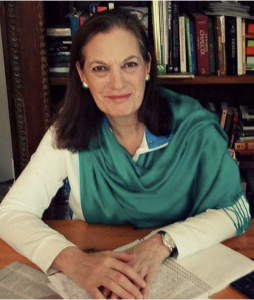
There have already been other tributes to Elaine, along with this one chronicling important and interesting parts of Elaine’s life and work I didn’t know about. One is by her lifelong friend, Marci Macdonald, and is available on the website of Benjamin’s Funeral Home, which also hosted the video of the service today. Significantly, her current editor, Dan Wells of Bibliosasis, writes movingly on his site The Bibliophile of editing Growing up Oblivious in person with Elaine in her last days. He also has a valuable perspective on the writing and editing of “researched nonfiction,” which I realize now can correctly be said to have been Elaine’s true metiér.
I will always think fondly of Elaine, and her husband Stephen Dewar (d. 2019), seated at the breakfast table in their cozy kitchen, CBC Radio program Metro Morning on the dial, newspapers open, when I came down for a morning meal, and they each greeted us with humor and charm.

